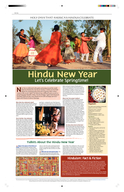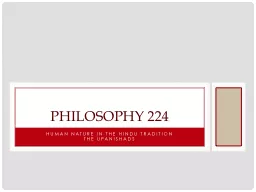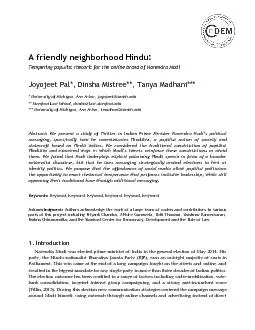PDF-Why is New Year celebrated in April How is the New Year celebrated What is the rst seeing
Author : pamella-moone | Published Date : 2015-03-03
All people are seen as divine yet shrouded by ignorance While every soul will ultimately achieve the highest spiritual attainment after many births still there are
Presentation Embed Code
Download Presentation
Download Presentation The PPT/PDF document "Why is New Year celebrated in April How ..." is the property of its rightful owner. Permission is granted to download and print the materials on this website for personal, non-commercial use only, and to display it on your personal computer provided you do not modify the materials and that you retain all copyright notices contained in the materials. By downloading content from our website, you accept the terms of this agreement.
Why is New Year celebrated in April How is the New Year celebrated What is the rst seeing: Transcript
Download Rules Of Document
"Why is New Year celebrated in April How is the New Year celebrated What is the rst seeing"The content belongs to its owner. You may download and print it for personal use, without modification, and keep all copyright notices. By downloading, you agree to these terms.
Related Documents














